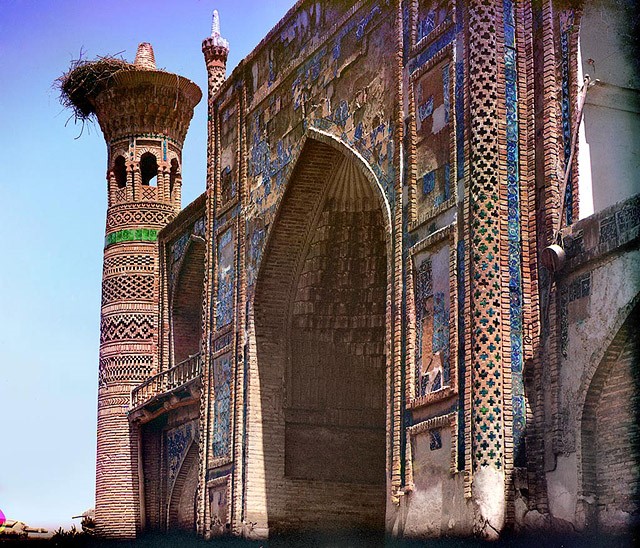 |
Official Webpage |



ARM ENG |
|||||
|
|||||||
The most fascinating historical astronomical building is Karahunge (the “Armenian Stonehenge”, the name derives from kar “stone” and may mean “singing stones”; and the other famous name is Zorats Kar). It is a megalithic assemblage, 200 km from Yerevan, and 3 km from town Sisian; at an altitude of 1,770 m. The northern latitude is 39. 34’, and eastern longitude is 46. 01’. It is an assemblage of many stones put in a circle and a few arms starting from it.
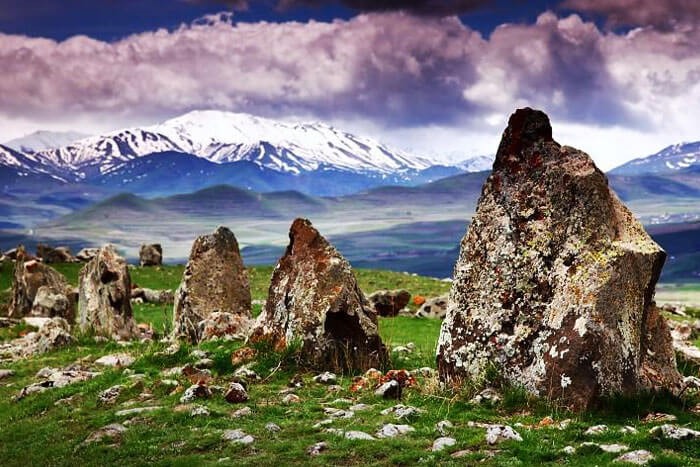
As many other such buildings, Karahunge was thought to be a religious assemblage. However, only in the middle of 1980th, Karahunge was first interpreted as an archaeoastronomical monument and was studied by Prof. E.S. Parsamian (1999) and Prof. P.M. Herouni (1998). Estimations give from 7700 to 4000 years for the age of Karahunge.
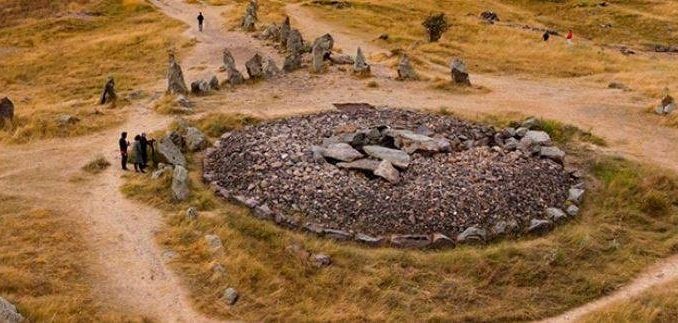
There are 222 stones with a total extent exceeding 250 metres, including 84 with holes (with 4-5 cm diameters). Dozens of astronomical stone instruments with accuracy of 30 arcsec may be found. 40 stones form the central ellipse with 45x36 m sizes, having a ruined stone-cluster in the centre. There is a 8m wide 8-stone road to N-E. Some stones were used to find the directions to definite stars. By some estimations (observations of definite stars), the observatory was used during 7700-2200 B.C., for about 5500 years. The monument is unique of its kind at least in the Trans-Caucasian region and could be even the oldest known observatory in the world.
Metzamor is the other ancient observatory in Armenia. Metzamor was an ancient town near river Metzamor, 35 km from Yerevan, in Armavir province. There was a settlement since V millennium B.C. It was first interpreted as an archaeoastronomical monument in the middle of the 1960s by Prof. E.S. Parsamian (1985).
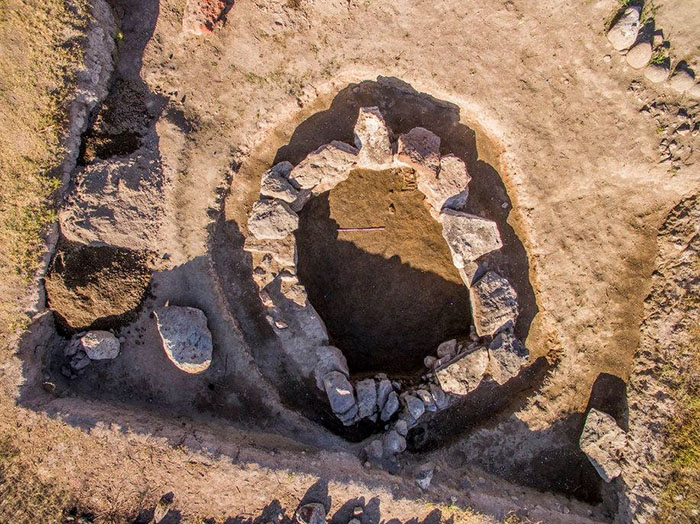
There is an observatory out of the fortress. The most probably estimation of the age is 4600 years. As Karahunge, Metzamor also needs a better study and proper attitude both from the Armenian government and world archaeoastronomical community.

Among the other archaeoastronomical sites in Armenia, the Angelakot dolmens may be named (Parsamian 1985b). As Karahunge, this site is also in Sisian region, 13 km from the town of Sisian. The dolmens are from Neolithic and Bronze eras. There are a few other sites in Armenia that are associated with astronomical activity of our ancient habitants.
Maragheh observatory was an astronomical observatory established in 1259 CE under the patronage of the Ilkhanid Hulagu and the directorship of Nasir al-Din al-Tusi, a Persian scientist and astronomer. Located in the heights west of Maragheh, which is today situated in the East Azerbaijan Province of Iran, it was once considered "the most advanced scientific institution in the Eurasian world".
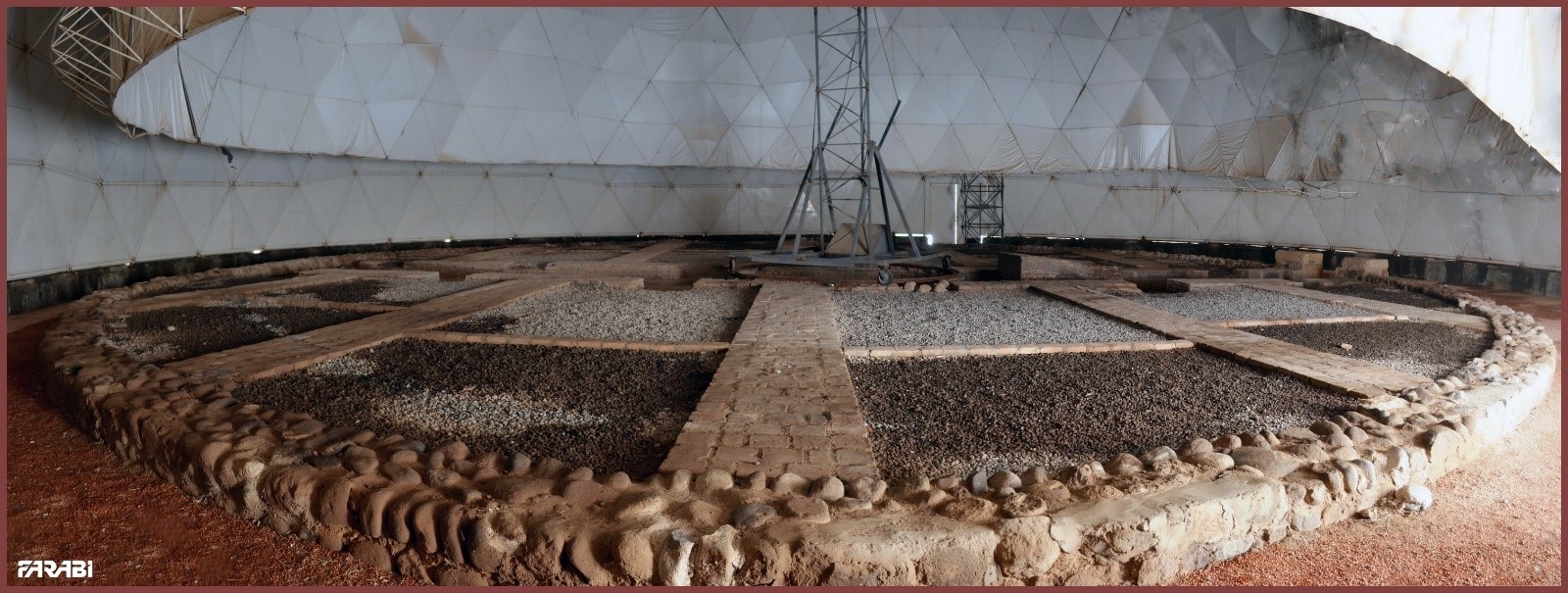
After 1978, Tabriz University, which is located near the observatory, was placed in charge of its preservation. Today the site is home to occasional star parties and, though there are no official tours offered, the public is still welcome to come and see the remains of the observatory.
The Ulugh Beg Observatory is an observatory in Samarkand, Uzbekistan. Built in the 1420s by the Timurid astronomer Ulugh Beg, it is considered by scholars to have been one of the finest observatories in the Islamic world. The observatory was destroyed in 1449 and rediscovered in 1908.
